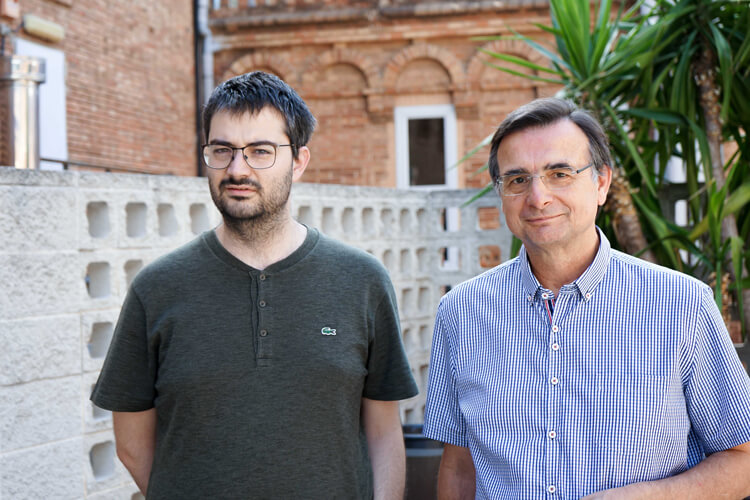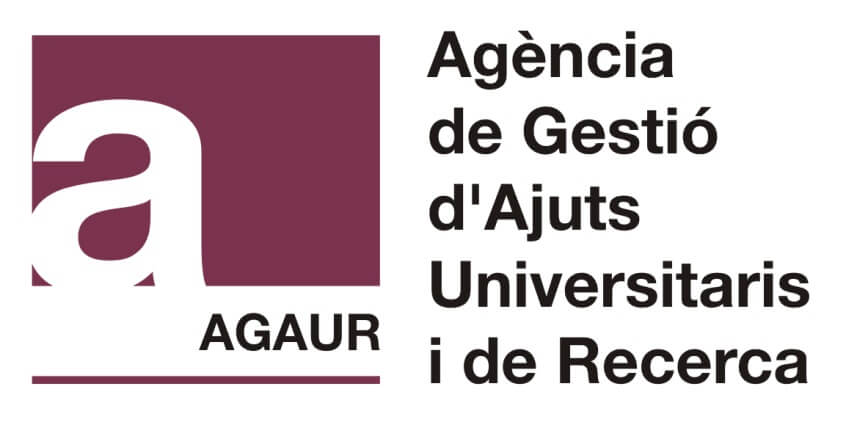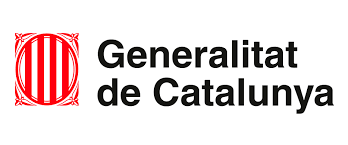Theranostic Photosensitizing Agents for Phosphorescence-Guided Surgery

Photodynamic Therapy (PDT) is a non-invasive therapy that uses light, which is harmless in itself, to activate photocatalysts called photosensitizers that generate Reactive Oxygen Species (ROS) in the illuminated area. ROSs are highly oxidizing species that eliminate the cells where they have been generated during photodynamic treatments. It involves a therapy approach both for the treatment of microbial infections and cancer, and has numerous advantages in terms of applicability, safety, selectivity, repetitiveness, and both spatial and temporal resolution, which also have a very low resistance generating potential. A current objective in PDT is to determine the dose of ROSs that have been generated. Developing new strategies for the real-time detection of ROSs generated during therapy is essential to ensure treatment efficacy and safety, thereby improving clinical practice.
The AppLightChem research group at the IQS School of Engineering, led by Dr Santi Nonell, has extensive research experience in the field of photodynamic therapy. Dr Roger Bresolí has been welcomed back to this group as a postdoctoral researcher, and is currently working the project “Innovative models of theranostic photosensitizers applied to phosphorescence-guided surgery, combined with dynamic phototherapy.” The aim of the project is to find solutions to improve the dosimetry techniques for ROSs by using advanced optical techniques.
To facilitate conducting this research, Dr Bresolí earned a prestigious Beatriu de Pinós grant from the Government of Catalonia this past July, which is awarded by the Agency for the Management of University and Research Grants (AGAUR). Recently, he has also earned one of the highly renowned Ramón y Cajal grants awarded by the State Research Agency. We spoke with Dr Roger Bresolí and his supervisor Dr Santi Nonell about Dr Bresolí returning to IQS and the project he is working on.
Roger, you defended your doctoral thesis at IQS in 2018. Could you tell us about your career as a researcher since then?
Roger B. Correct, I did my doctoral thesis here with Dr Santi Nonell within the AppLightChem group. My thesis focused on exploring strategies for the formation and detection of ROSs, especially from a more chemical and biological point of view. After that, I wanted to continue researching and learning in the field of photonics and optics not necessarily from a biological point of view, but more so from the exploration of scientific methods to learn about different advanced microscopy techniques such as STED, STORM, confocal microscopy, and so on. That’s why I decided to go to the Katholieke Universiteit of Leuven to work with Dr Johan Hofkens who offered me the chance to form part of a new line of research that dealt with the development of optical tweezers. The main idea was to use a light beam (with high photonic density) that can generate an optical force on micro- and nano-metric measurement particles. These optical forces, if they are in equilibrium, make it possible to trap these particles. Additionally, by moving the focal position of the laser, it is possible to move these particles with a high spatial and temporal resolution.
This research was also conducted in collaboration with Dr Hiroshi Masuhara, with the National Yang Ming Chiao Tung University of Taiwan, where the theoretical bases of the use of these optical tweezers in interfaces were established. We were able to discover how the optical potential could be expanded from areas that are directly irradiated to other areas where, in theory, no light would have arrived because they were not being directly irradiated.
Thanks to all this, we developed a new type of microscopy based on wide field fluorescence systems. At the same time, it also enabled us to get different planes and images at different heights and obtain 3D images.
This is what I worked on during my time abroad, learning about both optics and photonics.
And now you’ve come back to IQS to continue working with Dr Santi Nonell, right?
Roger B. Yes, I’m back at IQS now with the AppLightChem group, working on combining my knowledge with Santi’s knowledge on optics with photobiology aspects. For example, we want to develop a new type of wide-field microscope for near-infrared detection. We will develop this microscope by taking advantage of the knowledge of optics that I have gained. It will be used initially to detect the phosphorescence of singlet oxygen (one of the main ROSs). In the future, however, we expect it to be used for the imaging of different fluorophores that emit in the near infrared.
“We want to develop a new type of wide-field microscope to detect emissions in the near-infrared zone”
In addition, I’ll also be teaching Physical Chemistry at IQS now, both for the Biotechnology and Pharmacy degrees.
Within this research framework, you’re also working on the project “Innovative models of theranostic photosensitizers applied to phosphorescence-guided surgery, combined with dynamic phototherapy.” Could you explain that to us?
Roger B. It involves a broad-spectrum project. The idea is to evaluate strategies in which photodynamic therapies can be combined with optical concepts, especially in the NIR (near infrared), to make theragnosis, that is, diagnosis and therapy. We want to take advantage of NIR phosphorescence to determine the concentration of oxygen within cells during photodynamic treatment.
“In this new project, we’ll evaluate different strategies to combine photodynamic therapies with optical concepts”
You have earned a Beatriu de Pinós programme grant from AGAUR. What does receiving it mean to you?
Roger B. Correct. This grant is co-financed by the European Commission. I’m incredibly excited to have earned it as the grant will allow me to start a new stage in my life as a researcher. Above all, it will enable me to further expand my knowledge in the world of photonic sciences applied to biosciences and medicine.
Santi N. It’s a really competitive grant that is specifically designed to bring talented researchers who have studied abroad back to Spain. Dr Hofkens’s group in Leuven is the global benchmark in advanced microscopy techniques, which are key tools for the development of physical chemistry today. With this grant, Roger will be able to implement all the techniques that he has learned in Leuven, which will undoubtedly contribute to doing crosscutting research at IQS.
What does Roger’s return mean for your group?
Santi N. Roger’s return greatly enhances the AppLightChem group. We’re adding a really important asset, both because he is a good person as well as for the technology and knowledge he brings to the group. He will enable us to address research aspects that have been beyond our reach until now, such as the issue of obtaining images in micro and nanoscopic systems. Nanosciences and biosciences have underscored the need to study and understand, at the molecular level, the axes of heterogeneity and interactions, for example, between complex systems such as drug-receptor, organelles-cell, and so on. In order to study complexity, it is essential to have adequate tools, a task for which photonics is ideal considering its non-invasive nature that leaves no trace or residue. The European Commission determined a while ago that photonics now occupies the essential place that electronics once held.
A school like IQS can’t miss out on the opportunity to maintain its leadership in molecular photonics. IQS was a pioneer with Dr Juan Julio Bonet who used it in organic synthesis, and this work was carried on by Dr Carme Brosa until she retired. Our group has incorporated laser techniques to conduct mechanistic studies with high temporal resolution and studied applications in photobiology and photomedicine. We are now advancing on a third stage with Roger through the incorporation of microscopy and imaging techniques that should enable us to understand the complexity and interactions in microheterogeneous systems at the molecular level.
IQS’s vast experience in chemistry, nanoscience, bioscience, materials, bioengineering, biomedical engineering, and more will now be strengthened thanks to Roger’s addition, especially considering the crosscutting nature of molecular photonics. The history of science teaches us that the development of new molecular instrumental techniques, the traditional role of physical chemistry, is a source of opportunities to generate new knowledge.
“IQS’s vast experience in various areas of knowledge will now be strengthened thanks to Roger’s addition, especially considering the crosscutting nature of molecular photonics”
Roger B. We’re seeking to develop new technology, which is what I learned while working with the research group in Belgium. This is the idea behind the development for the first time of the microscope that I mentioned earlier to detect singlet oxygen in relevant media in the biological field.
Santi N. We want to develop sophisticated imaging techniques that help surgeons, for example, to better identify the margins of a tumour and therefore remove it more safely. We are collaborating with various hospitals to treat breast cancer and brain tumours.
What does a postdoc bring to a research group that is essentially comprised of PhD students and professors?
Santi N. Our focus at IQS is on preparing competent individuals and teaching them values. Research at IQS has traditionally been based on PhD students. However, the globalization of research and its increased complexity has led to the need to bring on postdoctoral researchers.
Roger B. In Dr Hofkens’s group, there were actually more postdocs than doctoral students. Postdocs form a special bond with doctoral students and help in areas where tenured professors can’t reach.
Santi N. I firmly believe that the essential objective at IQS must be ongoing education for people. Bringing on postdocs is essential because they contribute even more to these educational aims, all while guaranteeing top tier research results.
Finally, I should add that it’s essential for postdocs to have international experience. Each research group must be like “amplifying antenna” and must have young researchers who can contribute more to interesting things that are being developed by gaining experience beyond our borders. This gives them a solid foundation in everything that is emerging, thereby raising the technological and scientific level at IQS.
RELATED PEOPLE:
RESEARCH GROUP
Applied Photobiological Chemistry
RELATED PROJECTS
Theranostic photosensitizers (Phosphorescence-guided surgery combined with photodynamic therapy)




